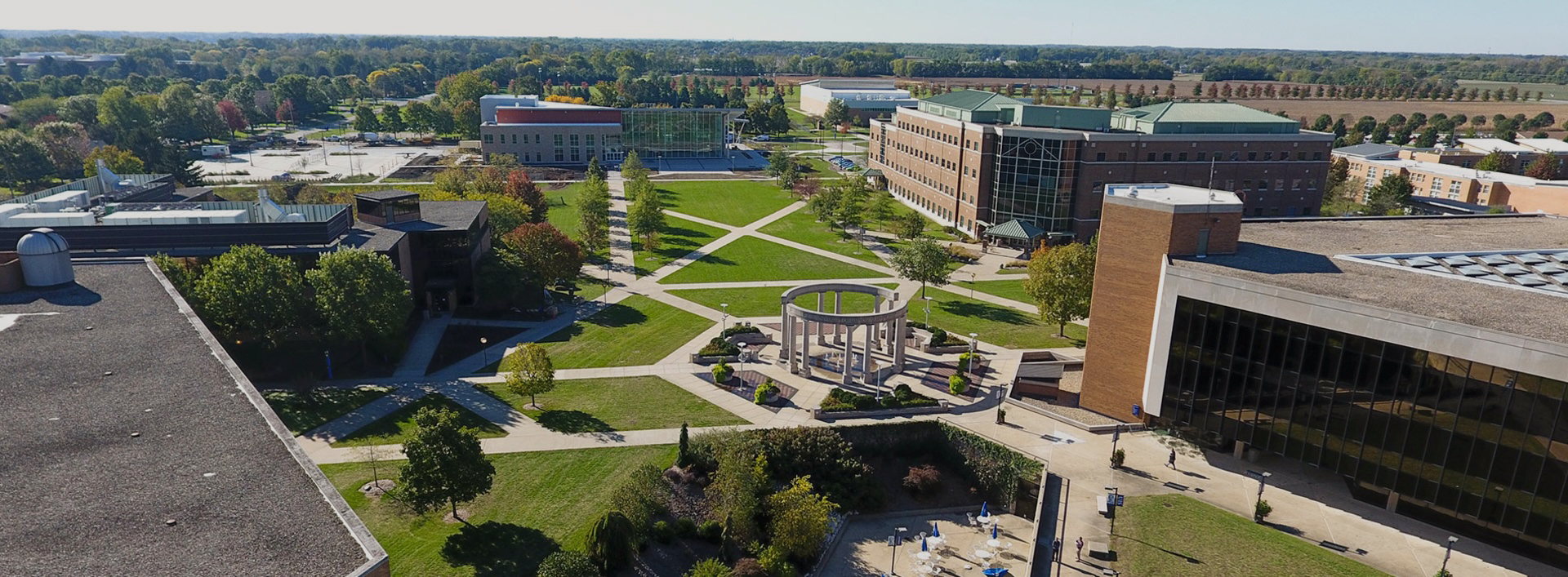Admission
Each year, approximately 40,000 candidates apply to roughly 125 medical schools throughout the United States. About 17,000 of these applicants are actually accepted. The ratio between men and women varies between schools, and from year to year, but is usually close to 50/50. AAMC has put out a brief on Medical School Admissions that explains what medical schools they want to see in applicants.
Competitive Grades
Since a high GPA does not necessarily ensure a high MCAT score, most schools regard the balance between the two types of scores as more important in the admissions process than high individual scores. Competitive applicants usually have a double-digit MCAT score (10 or above) in biological and physical sciences and a respectable GPA (roughly 3.2 to 3.6—the criteria vary from school to school).
Science Major: To Be or Not to Be
A common misconception among students is that one must be a science major to stand a chance of being admitted into a medical school. While most pre-med applicants major in biology, chemistry or other sciences because they love science, the competitive applicants major in a variety of college disciplines. UIS offers a Pre-Med minor that can be added to any major to help students be prepared for Medical School. Regardless of major, it is important to talk to a Pre Health adviser to plan your path to medical school.
Applicant Attributes
The common attributes of successful applicants are:
- a well-rounded, broad-based liberal arts education
- strong critical thinking skills
- good writing skills
- research experience
The latter two, rather than an exhaustive knowledge of specific scientific facts, are instrumental for good performance on the MCAT exam. In addition, successful applicants have a relatively strong academic record and show evidence of leadership roles while in college.
Financing Medical Education
The cost of a medical education is so high that most students accrue about $100,000 in debt by the time they finish. Commonly, tuition for out-of-state students is about 50% higher than for in-state students.
The Army, Navy, and Air Force all offer full medical school scholarships with the provision that the student will provide a few years of service in return. For the most current, specific information, please contact the Health Professions Advisor.
At UIS we have also cultivated a relationship with the Illinois RMed Program which is designed to improve access to healthcare in central and southern Illinois. That program offers scholarships to 16 students each year who commit to work in underserved rural communities after graduation. Several of our students have gone to the UIUC Medical School as participants in the RMed Program.
MD/PhD Dual Degree Program
Students who choose this option first take the Freshman year of medical school (basic science, but not clinical science courses yet). They then take four years of graduate study (course work and research) toward the PhD and defend the degree. Lastly, they finish the remaining three years of medical school (clinical subjects and hospital rotations).
Everything is doable if you set your mind to do it, and if you have an intelligent plan of action. Married students with small children have successfully completed the MD/PhD option.
